
Dr. Strangelove or: How I Learned to Stop Worrying and Love the Bomb is a 1964 political satire black comedy film directed, co-written, and produced by Stanley Kubrick and starring Peter Sellers in three roles, including the title character.
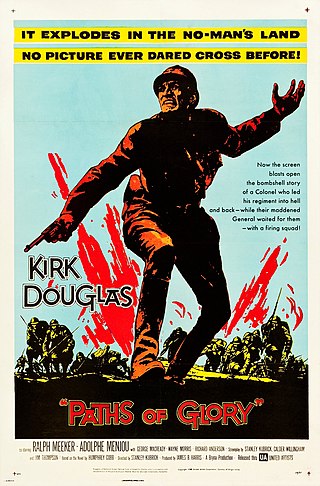
Paths of Glory is a 1957 American anti-war film co-written and directed by Stanley Kubrick, based on the novel of the same name by Humphrey Cobb. Set during World War I, the film stars Kirk Douglas as Colonel Dax, the commanding officer of French soldiers who refuse to continue a suicidal attack, after which Dax attempts to defend them against charges of cowardice in a court-martial.

Stanley Kubrick was an American filmmaker and photographer. Widely considered one of the greatest filmmakers of all time, his films were nearly all adaptations of novels or short stories, spanning a number of genres and gaining recognition for their intense attention to detail, innovative cinematography, extensive set design, and dark humor.

The Bank Dick, released as The Bank Detective in the United Kingdom, is a 1940 American comedy film starring W. C. Fields. Set in Lompoc, California, Fields plays Egbert Sousé, a drunk who accidentally thwarts a bank robbery and ends up a bank security guard as a result.

One-Eyed Jacks is a 1961 American Western film directed by and starring Marlon Brando, his only directorial credit. Brando portrays the lead character Rio, and Karl Malden plays his partner, "Dad" Longworth. The supporting cast features Pina Pellicer, Katy Jurado, Ben Johnson and Slim Pickens. In 2018, the film was selected for preservation in the United States National Film Registry by the Library of Congress.
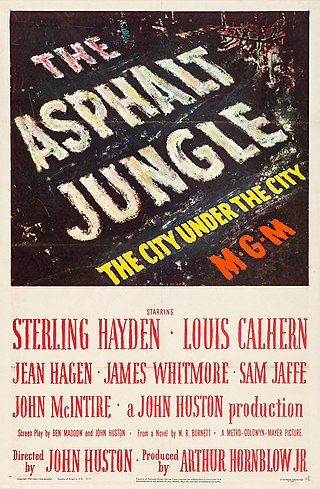
The Asphalt Jungle is a 1950 American heist film noir directed and co-written by John Huston, and starring Sterling Hayden and Louis Calhern, with Jean Hagen, James Whitmore, Sam Jaffe, John McIntire, and Marilyn Monroe in one of her earliest roles. Based on the 1949 novel of the same name by W. R. Burnett, it tells the story of a jewel robbery in a Midwestern city.

Sterling Walter Hayden was an American actor, author, sailor, model and Marine. A leading man for most of his career, he specialized in westerns and film noir throughout the 1950s, in films such as John Huston's The Asphalt Jungle (1950), Nicholas Ray's Johnny Guitar (1954), and Stanley Kubrick's The Killing (1956). He became noted for supporting roles in the 1960s, perhaps most memorably as General Jack D. Ripper in Kubrick's Dr. Strangelove or: How I Learned to Stop Worrying and Love the Bomb (1964).

Killer's Kiss is a 1955 American independently-produced crime film noir directed by Stanley Kubrick and written by Kubrick and Howard Sackler. It is the second feature film directed by Kubrick, following his 1953 debut feature Fear and Desire. The film stars Jamie Smith, Irene Kane, and Frank Silvera.
The heist film or caper film is a subgenre of crime films and the caper story, focused on the planning, execution, and aftermath of a significant robbery.

Elisha Vanslyck Cook Jr. was an American character actor famed for his work in films noir. According to Bill Georgaris of They Shoot Pictures, Don't They, Cook appeared in a total of 21 films noir, more than any other actor or actress. He played cheerful, brainy collegiates until he was cast against type as the bug-eyed baby-faced psychopathic killer Wilmer Cook in the 1941 version of The Maltese Falcon. He went on to play deceptively mild-mannered villains. Cook's acting career spanned more than 60 years, with roles in productions including The Big Sleep, Shane, The Killing, House on Haunted Hill, and Rosemary's Baby.

Rififi is a 1955 French crime film adaptation of Auguste Le Breton's novel of the same name. Directed by American blacklisted filmmaker Jules Dassin, the film stars Jean Servais as the aging gangster Tony "le Stéphanois", Carl Möhner as Jo "le Suédois", Robert Manuel as Mario Farrati, and Jules Dassin as César "le Milanais". The foursome band together to commit an almost impossible theft, the burglary of an exclusive jewelry shop in the Rue de la Paix. The centerpiece of the film is an intricate half-hour heist scene depicting the crime in detail, shot in near silence, without dialogue or music. The fictional burglary has been mimicked by criminals in actual crimes around the world.
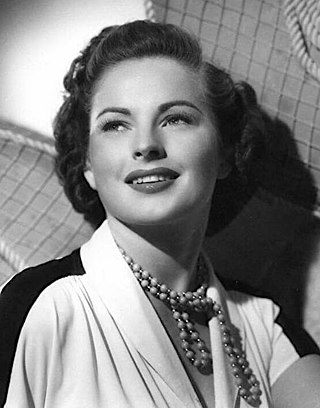
Coleen Gray was an American actress. She was best known for her roles in the films Nightmare Alley (1947), Red River (1948), and Stanley Kubrick's The Killing (1956).

Crime Wave is a 1954 American film noir starring Sterling Hayden and Gene Nelson, and directed by Andre de Toth. It was adapted from a short story which originally appeared in The Saturday Evening Post - "Criminal Mark" by John and Ward Hawkins.
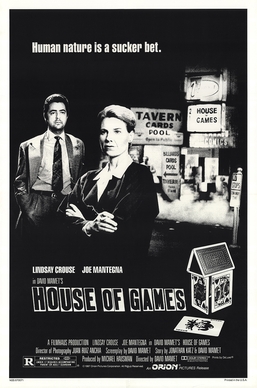
House of Games is a 1987 American neo-noir heist thriller film directed by David Mamet, his directorial debut. He also wrote the screenplay, based on a story he co-wrote with Jonathan Katz. The film's cast includes Lindsay Crouse, Joe Mantegna, Ricky Jay, and J. T. Walsh.

Timothy Agoglia Carey was an American film and television character actor who was typically cast as manic or violent characters who are driven to extremes. He is particularly known for his collaborations with Stanley Kubrick in the films The Killing (1956) and Paths of Glory (1957), and for appearing in the two John Cassavetes directed films Minnie and Moskowitz (1971) and The Killing of a Chinese Bookie (1976). Other notable film credits include Crime Wave (1954), East of Eden (1955), One-Eyed Jacks (1961), Beach Blanket Bingo (1965), Head (1968) and The Outfit (1973).
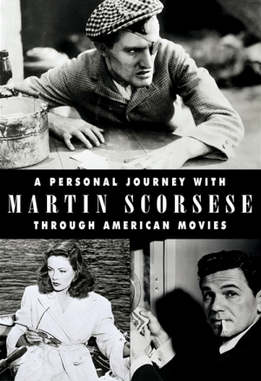
A Personal Journey with Martin Scorsese Through American Movies is a 1995 British documentary film of 225 minutes in length, presented by Martin Scorsese and produced by the British Film Institute.

Joseph Turkel was an American character actor who starred in film and television during the Golden Age Era in the 1950s and 1960s. He is known for his roles in Stanley Kubrick's films The Killing (1956), Paths of Glory (1957), and The Shining (1980), and as Dr. Eldon Tyrell in Blade Runner (1982). He also had roles in three of Bert I. Gordon's films.

The Split is a 1968 American neo-noir crime drama film directed by Gordon Flemyng and written by Robert Sabaroff based upon the Parker novel The Seventh by Richard Stark.

Nicholas Nestor "Kola" Kwariani, known by the ring name Nick the Wrestler, was a Georgian professional wrestler and chess player.
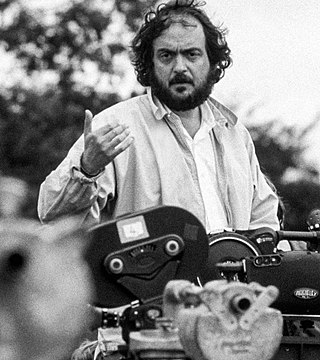
Stanley Kubrick (1928–1999) directed thirteen feature films and three short documentaries over the course of his career. His work as a director, spanning diverse genres, is widely regarded as extremely influential.

















